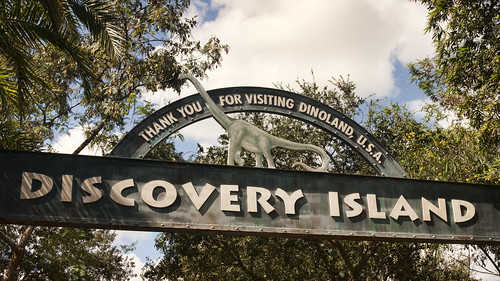
There’s been quite a dust-up in the last few days on Twitter and various blogs over Maria Popova’s (@brainpicker) Curator’s Code initiative. The Curator’s Code proposes a standardized system of Unicode characters for attributing “via” and “hat tip” sources for content used or referenced in blogs, aggregator sites and social media. In her words, it’s about
honoring discovery through an actionable code of ethics — first, understanding why attribution matters, and then, implementing it across the web in a codified common standard, doing for attribution of discovery what Creative Commons has done for image attribution.
The proposition of the code has exposed some rifts in attitude amongst bloggers and content aggregators about the value of attribution of discovery as opposed to authorship.
I think almost everybody but the most egregious thieves masquerading as content aggregators would agree that attribution of authorship of original work is mandatory. Some content aggregators play a game where the attribution is so downplayed or buried that it might as well not be there at all. This is in fear that their readers (and their valuable eyeballs) might be tempted away from their site to primary sources and never return. There’s a solution to that problem – provide great content that people will want to come back for. There are numerous highly successful sites that seem to do just fine providing proper attribution of authorship.
Attribution of discovery engenders a little less consensus. It seems that there is general agreement that if a link has come your way via Twitter or other social media and it’s from a mainstream source such as the New York Times or the Economist, there’s a pretty fair chance that you’d find it on your own. In those cases, it may come to you from multiple sources, which can often be a good barometer of how worthwhile it is to read. These are links that really don’t require a “via” attribution. But links from more obscure sources, ones you’d never discover on your own, those do warrant a “via”, in my opinion. To me this is partly a matter of good manners, giving credit where credit is due. If somebody found something interesting, and took the time to share it with others, I believe that deserves a thank-you in the form of a “via” mention if I found it interesting and plan to share it further. If I share it or comment on it without attributing discovery, I’m effectively saying that I found it on my own. That feels wrong to me.
There is a certain reputational value that accrues to those who are consistently adept at bringing good content to light, just look at brainpickings.org and kottke.org for examples. Readers return to these sites because they know they’ll find interesting things there. But one thing you’ll notice on these sites is that they will attribute discovery. It doesn’t cost them anything to do so, and in fact probably encourages those who stumble upon a hidden gem to share it with them.
I think the little Unicode symbols of the Curator’s Code probably just muddy the waters of attribution. Personally, I don’t find them that intuitive — they may simply confuse readers. I think I’m going to stick with my “via” attributions and inline links for now, they’re simple and understandable. The Code has been valuable though, in getting people talking about attribution in general, and attribution of discovery in particular, and for that reason alone, I applaud Ms. Popova’s efforts.
Image by Flickr user IceNineJon
Like this? More from the interesting category.
Follow me on Twitter (@intudes) for interesting links and occasional observations.
Subscribe to the RSS feed, and don’t miss another post.
I found your site on Google and read a few of your other entires. Nice Stuff. I’m looking forward to reading more from you.